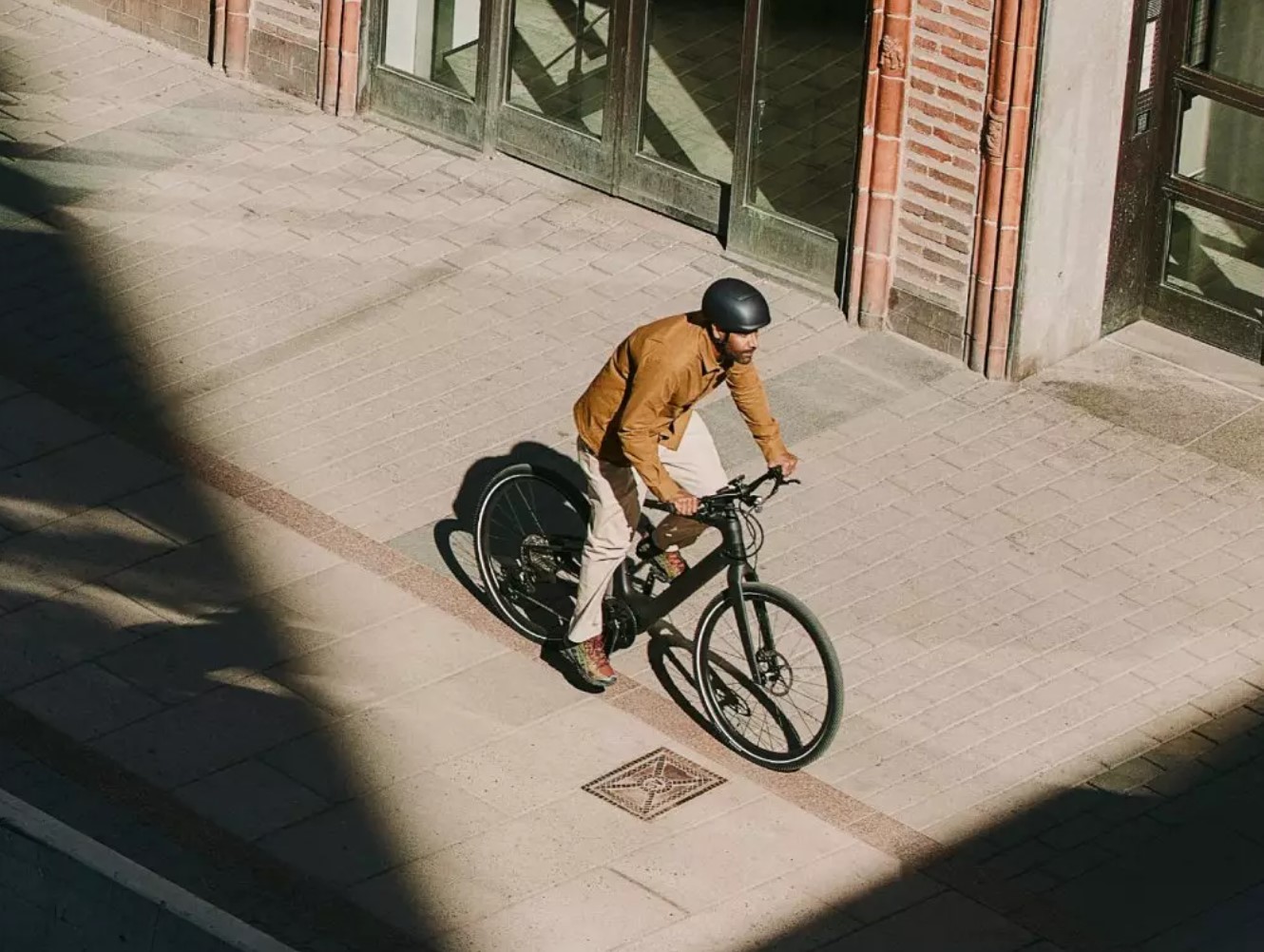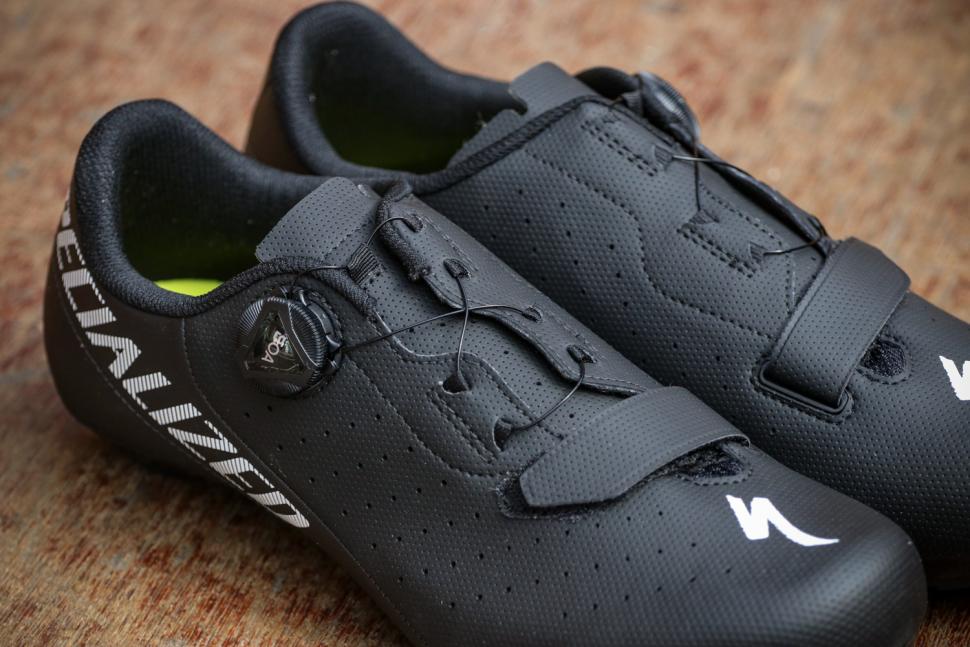
Cold Weather Riding
As we approach Winter, riding requires more planning. Getting caught in the rain or unanticipated cold can be annoying, if not dangerous. Having a backup plan makes your bike ride more enjoyable and comfortable. I have included below some great tips for cold-weather preparedness and apparel options.

Warm-Up—It is best to start when it is cold, wearing all your layers. Warm slowly – about 10 minutes. Take off layers as you warm. If you stop for long or have to stop for an injury, you can put back on a layer to stay warm. Take at least a few minutes to cool down, too. Let your body wind down for a few minutes before you stop. Adjusting to environmental changes is healthy and encourages a quality ride experience, leaving you returning for more.
Layering—An oversized, warm Winter coat will not do. It’s best to use multiple layers of clothing. You can open zippers or remove unneeded outer layers as you warm up. Using layers will let you regulate exactly how much warmth you need for a particular situation. For example, if it starts to rain, a lightweight rain jacket that is easy to stuff into your backpack may be popped on to keep you dry. Alternatively, you can always put your wind jacket into a loop on your pack if the wind dies down.
Base Layer—As the name implies, this is the first layer that touches your body. A base layer should always be synthetic. Cotton and wool, for example, absorb too much moisture and do not wick water away from your skin. All base layers, even your undergarments, should be made for cycling. Leave the cotton T-shirt and underwear at home. As you warm up, you sweat, even in cold weather. When your effort drops, like at a rest point, moisture accumulates. Excess body moisture can make you colder and invite irritation to the skin. Your base layer helps keep you dry and warm.
Arm/Leg Warmers—Arm and leg warmers are short pieces of protection meant to keep your extremities at the right temperature. They are an excellent layer addition because you can put them on or remove them without undressing. They also take up little space in your pack. Even in the Winter, arm and leg warmers are a perfect choice for sun protection too. You can find these garments in various levels of thickness, from a thin sunscreen to a thick thermal and wind-resistant fabric. Varieties include full-length down-to-knee warmers.
Jacket—Cycling jackets are cut to be extended in the back and short in the front. They cover low on the back when you are riding and don’t bunch up in the front. The jacket arms are made to fit best when reaching the handlebars. Some even are longer on the outer part of the arm and shorter on the inside of the arm. The best part of any cycling jacket is ventilation. Most have vent pockets that can be opened as you warm up, allowing moisture to escape without cooling you off too rapidly. Jackets are found in various fabrics, from simple wind protection to light rain and heavier thermal protection with an outer shell. For versatility, look for removable arms to have full coverage or just a vest. A good jacket compliments the expected weather for your ride and supplements your layering strategy.
Jersey—Flexibility and comfort are the key ingredients to any jersey: Loose fit/snug fit, long sleeve/short sleeve, pullover/zipper, thin/thick. Either way, a good cycling jersey adds an element of comfort and flair to your wardrobe. They can be pretty stylish to make a statement or plain black and white. Like other cycling apparel, jerseys are designed to wick away moisture, not bind or bunch, are longer in the back so you can reach the bars without the shirt riding up, may have handy pockets, and come in various styles.
Gloves—Gloves are not just hand-warmers. A good glove adds comfort and protection, especially if you must put your hand down on a tip-over. Full-finger or half-finger, there are myriad options. You can look for a glove that fits comfortably but is tight enough. Finger length varies among brands, too. As a result, trying on a glove before you buy is always a good idea. Some have added gel on the palm, which is a nice feature if you want more cushion. Stretching and shaking your hands is essential to encourage circulation in cold weather. You can do this while riding or when you stop. Consider thin glove liners (like silk or polyester) to help with extra warmth and a way to adjust (layer) to temperature changes. Of course, you’ll need a larger glove if you choose liners.
Tights/Pants—Covering your legs is important because your muscles and joints can be exposed to cold, which is hard to detect while riding. Windchill may be unnoticed. Excessive exposure to cold could reduce the recovery time for your routine. Pants come in various fabric weights, from thin wind protection to heavier warmth. Worn over your other clothing, they add a level of layering that is very versatile, protecting you from wind, rain, and pesky weeds (ouch!). Cycling pants and tights are designed to roll up small for easy storage in your backpack. A tapered leg keeps you out of the chain but still has room for knee pads. They fit snugly around the ankles to keep from riding up the leg and are tailored to fit higher on the back while you are in a riding position. Alternately, tights are perfect for wind and sun protection; they don’t flap in the wind, and like pants, they come in different thicknesses. When worn under your pants, they also make an excellent layering strategy. You can find tights in shorter lengths, just over the knee, and as bib-tights, eliminating bunching. All tights and pants are designed to eliminate uncomfortable seams and use fabrics that help eliminate moisture.
Socks—Two aspects jump out when considering cycling socks. First, unlike running or walking, your foot is primarily stationary, so some padding is best on the sole of the sock, but not a heavy cushion. The second is moisture. You need a sock fabric that pulls moisture away from the foot. Typical athletic socks are too bulky. Cycling socks are thinner to allow air to flow around the foot. The best part is the selection of colors and designs. Sport your favorite team, call attention to your style, or try something fun that pops with your personality.
Beanies—Skull caps, ear warmers, cycling caps, or beanies—are designed to keep your head warmer in the Winter, sweat out of your eyes in the summer, and bugs from getting stuck in your hair. Some are thin and may have a small bill, designed just for covering the ears, windproof, or used as a washable barrier to keep your helmet clean. Serious riders have several, one for every occasion.
Shoes—You can cycle with any shoe. However, the primary aspect that cycling shoes address is foot support. Walking, hiking, and running shoes are all made to flex. When you ride with a flexible shoe, pressure from the pedal is focused on the arch of your foot. As a result, the shoe wraps around the pedal, intensifying foot fatigue. Foot fatigue is even worse when your foot is cold. Cycling shoes are specifically made to provide a platform for the foot. A firm platform relieves unnecessary stress on the arch and makes the calf muscle more efficient. When using toe clips or clipless pedals, your foot is always positioned at the optimal spot over the pedal to maximize power transfer. Flat-soled cycling shoes have a firmer sole design that keeps the shoe (and foot) from wrapping around the pedal. Finally, don’t discount the benefit of a good cycling shoe. The foot transmits all the shock from the road to your body. A good shoe minimizes the shock, stabilizes the foot, and can make a massive difference to your overall riding comfort.
Saddle—Your saddle compliments your riding style and frequency in cold or hot weather. If you only ride a few times a month, go ahead and get that big, comfy seat (we call it the couch). However, if you ride four times a week, you want a firmer seat. It’s not a rigid board but a bit less squishy than a comfort saddle. You will get used to the firmer seat once you are fit and have consistently been in the saddle for a few weeks. The benefit is an efficient transfer of power to the pedals – no seat squish on each pedal stroke. Make sure to stand occasionally and relieve pressure no matter what you are riding on. Either way, it’s your personal choice, and everyone is different. You can find the saddle that you like best and enjoy the ride.
Hydration—When it’s cold, we tend not to recognize thirst as much as when it’s hot. Even when it’s cooler, you sweat and lose water. Plan at least one quart (32 ounces—about a liter) per hour, and have some for backup in case you break down. Water bottles hold 16-24 ounces. A hydration pack can hold much more—plan at least 50oz (1.3l) per hour in the heat or very dry conditions.
Copyright Randy Archer 2024


